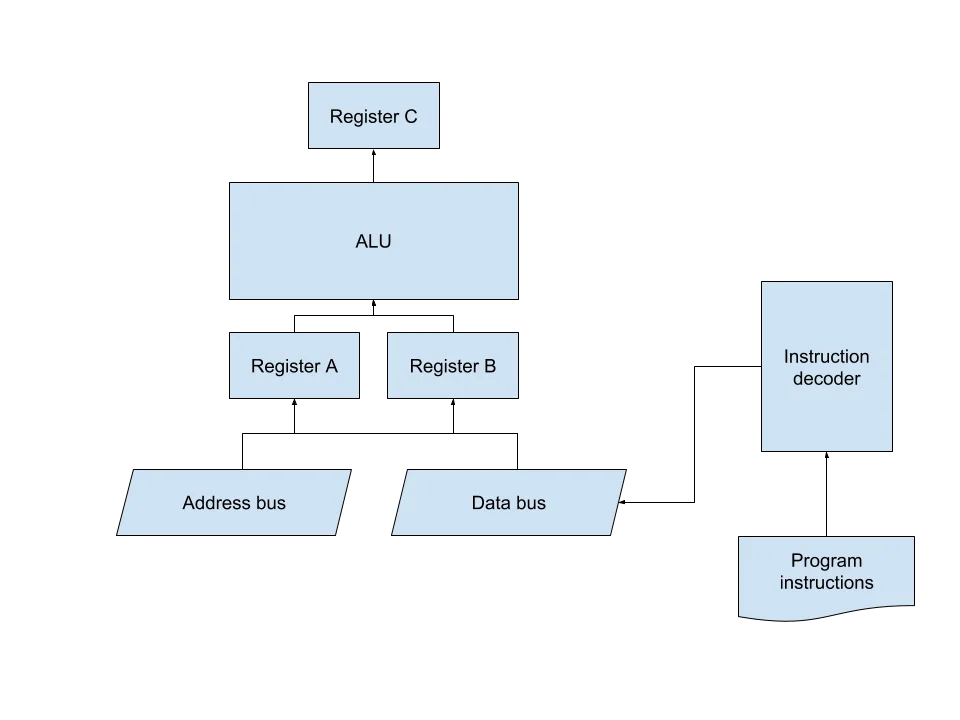Erlang in 5 minutes
X = erlang, Y = 5, io:format("Learn ~s in ~s minutes", [ X, Y ]).
Welcome to a 5-minute Erlang introduction!
First things first:
- Erlang is a functional programming language
erlis the REPL shell- Ctrl + G and then q or
q().to exit the shell c(file_name).to load the code from file
Now, to the language constructs:
- every statement has to end with a dot (
.) symbol - multiple statements are separated by comma (
,) character - constants start with a Capital Letter
- atoms (yes, like in Ruby) start with lowercase letter
- atoms are allowed to contain spaces (sic!), but then they have to be quoted:
'atoms are awesome' - atoms can also have the at sign (
@) - anonymous functions are defined as
fun() -> return_statement end. - last statement before
endmust not end with comma - function signature is
function_name/number_of_arguments:factorial/1,format/2 - comments start with percent (
%) symbol - lists are
[ TheOnlyElement ]or[ Head | TailElements ], whereTailElementsis also a list - pattern matching just works
[ Head1 | Head2 | Tails ] = [ 1, 2, 3, 4 ] - strings are just
"strings" - tuples are quirky
{ elt1, elt2 } - maps are even weirder
#{ key => value } - operators are almost fine:
- comparison:
<(less than),>(greater than),>=(greater than or equals to),=<(equals to or less than),==(equals to),/=(not equals to),=:=(adds type checking on tops, JS equivalent of===) - assignment / pattern matching:
= - math:
+,-,*,/,div,rem(Pascal way) - typechecking:
is_atom/1,is_function/1,is_number/1,is_boolean/1,is_pid/1,is_list/1, etc.
- comparison:
- list comprehentions are similar to lists:
[ N || N <- [ 1, 2, 3, 4, 5 ], N rem 2 == 0 ]. - files are modules, defined with few statements:
-module(module_name).-export([ list_of_function_signatures ]).-import(module_name, [ list_of_functions ]).
- calling module's export be like
module_name:function_name(arguments).
Quick recap:
%%% module comment
-module(erlang_example).
% exporting the functions from the module
-export([ factorial/1 ]).
% importing the functions from the other module
-import(my_other_module, [ new_factorial/1 ]).
% constants with pattern matching - will assign the value to non-defined constant on success
X = 5.
% redefinition is prohibited
X = 10. % exception
% functions can also be constants
PlusOne = fun(X) -> X + 1 end.
% or, multiline
PlusTwo = fun(X) ->
X + 2
end.
% the standard way
bad_factorial(N) ->
N * factorial(N - 1).
%% function documentation
% functions can have *guargs*, which are basically pattern matching
% also, function overloading is split with semicolon (;)
factorial(N) when N =< 1 -> 1;
% last overload ends with dot (.)
factorial(N) -> N * factorial(N - 1).
% some return types
string_fn() -> "hello, world!".
list_fn() -> [ 1, "elements could be of different types too", -3.14, atom ].
function_function() ->
fun(X) -> X mod 2 end.
dict_fn() -> #{ "key" => -3.14 }.
tuple_fn() -> { elt1, elt2, "elt 3" }.
%% note how overriden_function/1 has different definition than overriden_function/2
overriden_function(List) ->
overriden_function(List, 0).
% the power of pattern matching!
overriden_function([ Head ], Acc) -> Acc + Head;
overriden_function([ Head1 | Head2 ], Acc) -> Acc + Head1 + Head2;
overriden_function([ Head | Tail ], Acc) ->
overriden_function(Tail, Acc + Head);
overriden_function([], Acc) -> Acc.
complex_function(A, B) when A =< B -> A;
complex_function(A, B) when A > B -> B.
complex_function(A, B, C) ->
X = complex_function(A, B),
complex_function(X, C);
complex_function(A, B, C, D) ->
X = complex_function(A, B),
Y = complex_function(C, D),
complex_function(X, Y).
fst({ First, _ }) -> First.
snd({ _, Second }) -> Second.
evens(List) -> [ X || X <- List, X rem 2 == 0 ].
keys(#{ Key => Value, _ => _ })There also are few good resources on this: [https://learnxinyminutes.com/docs/erlang/](Learn X in Y minutes (where X = erlang)) and [http://erlang.org/doc/apps/inets/http_client.html](Official Erlang docs).




